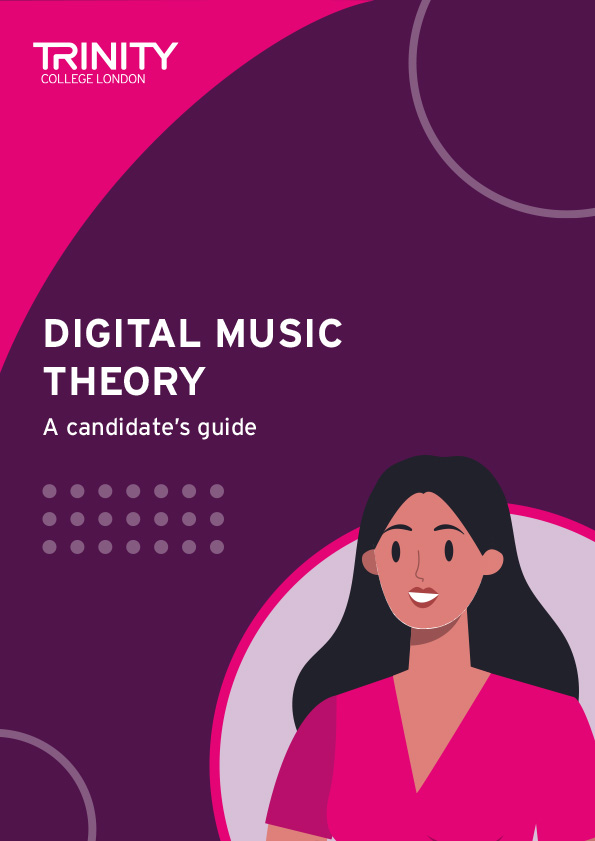In the Digital Music Theory test, the proctoring, or invigilation, is delivered through the computer on which the candidate is taking the exam. The candidate’s activity is monitored:
- Via the computer’s microphone to ensure that you do not have any verbal help from another person.
- Via monitoring the desktop to ensure that you do not access any other webpages to obtain help.
The activity of the candidate is monitored throughout the exam and recorded by the proctoring system as a video file, audio file and details of when they appear to leave the exam screen on the computer’s desktop. If the system detects any issues such as these, a pop up appears on screen to remind the candidate not to repeat the forbidden activity.
Setting up Google Chrome to enable proctoring
To do this, it is necessary to use Google Chrome for the Digital Music Theory exam, which can be downloaded here. On Mac OS, Google Chrome needs to be given access to the computer microphone, webcam and screen recording. The following videos show how to enable this in Settings:
Setting up computer permissions on Mac OS Ventura (video has no sound)
On Windows, a pop-up appears when launching the test to request permission for microphone, camera and screen-recording access. Please note that no additional software or plug-ins need to be installed.
The system manages this process digitally; there is not another human watching each of the theory exams. The recordings are stored, and the system creates ‘feedback’ for each video and flags whether there is anything for a human to review later. This type of proctoring is known as record and review.
A supporting adult may help with starting exams, and restarting exams if necessary.
Practice tests
Please note that the digital theory familiarisation guide and practice tests do not include the proctoring aspect of the real exam.
